Garden soil
All Garden soil Content
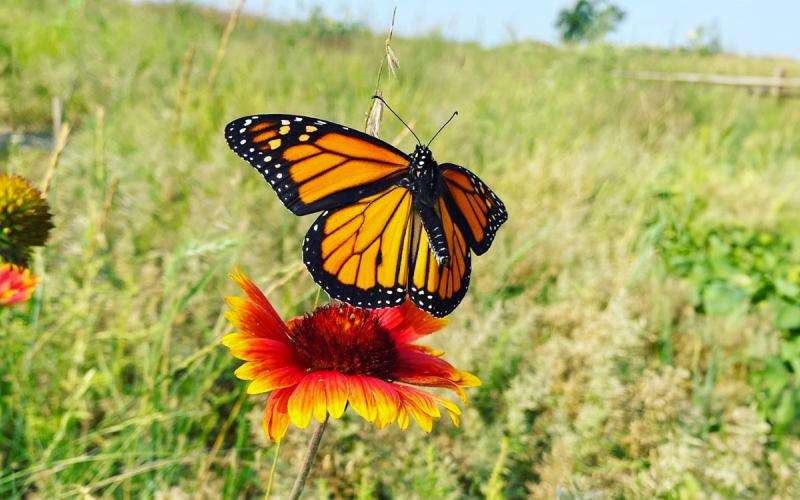
Backyard Natural Resources Webinar Series
Learn how to support healthy ecosystems in your backyard and beyond in this webinar series.
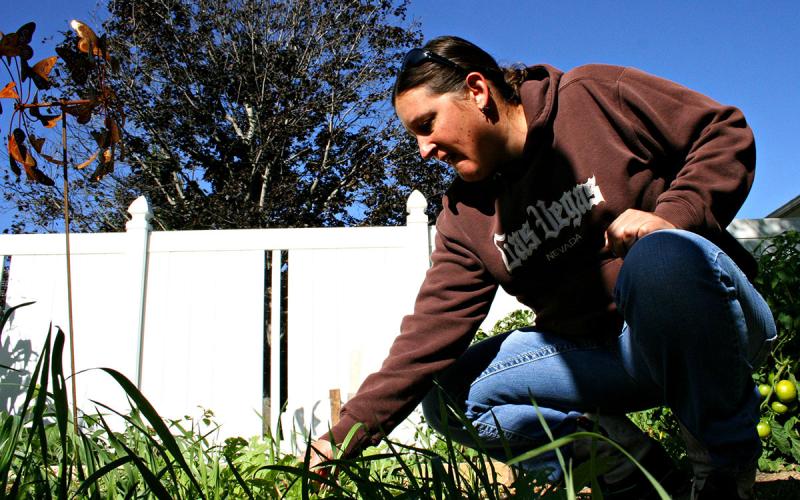
Are Cheap Home Garden Soil Test Kits Accurate?
Inexpensive soil test kits are a method available for gardeners available to estimate soil pH and the level of nitrogen, phosphorous and potassium present in the soil.
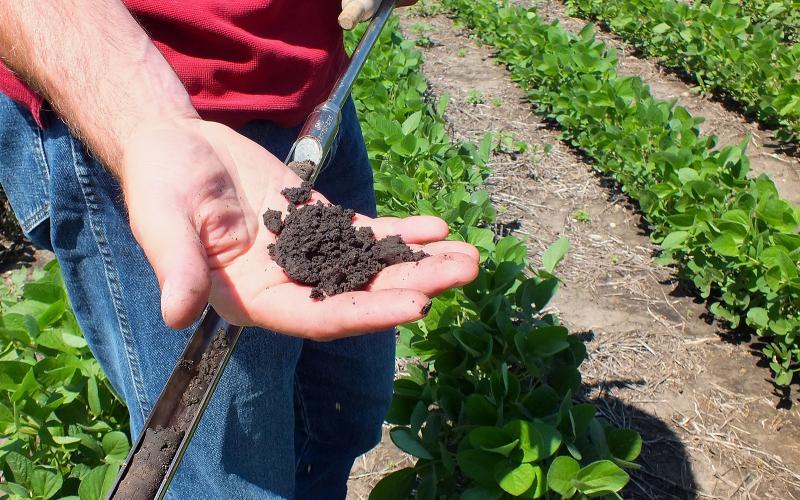
Soil Testing Labs
This page contains a list of nearby state or private laboratories that can be used for crop production fields, gardens and lawns.
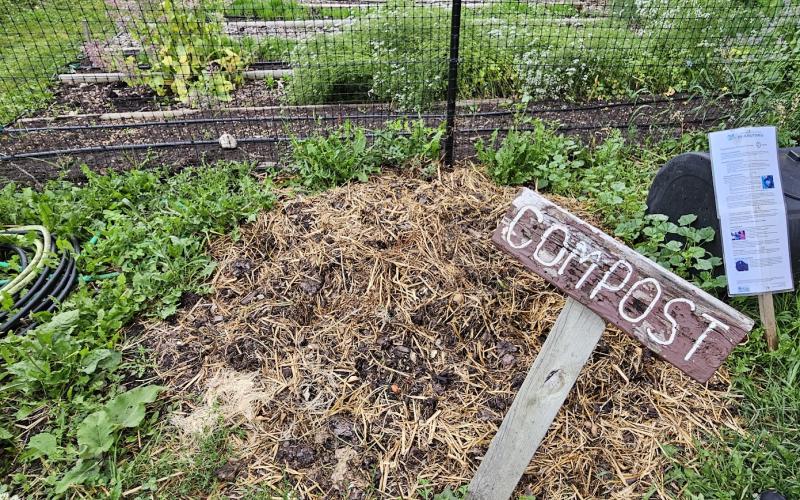
Composting Basics
The natural process of composting is aided by providing an ideal environment for bacteria, fungi, and other decomposing organisms (such as worms, nematodes, etc.) and produces a "Black Gold" that is rich in nutrients and organic matter.
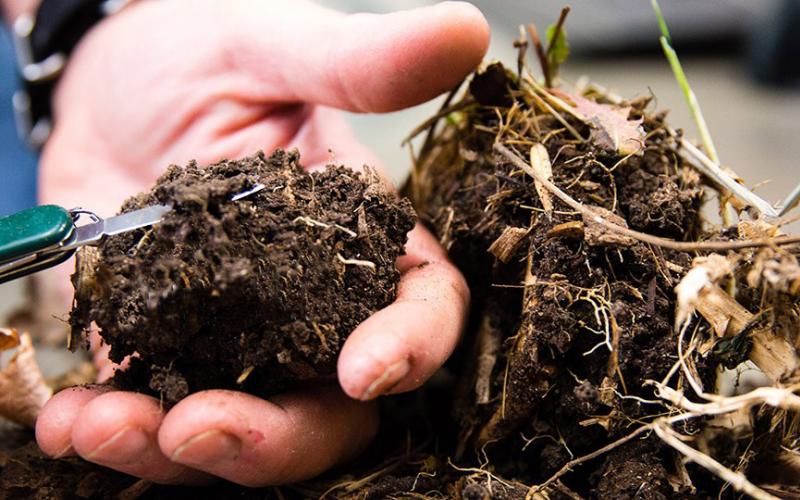
Soil: It’s Not Just Dirt
Most soils are complex ecosystems with worms, insects and microscopic organisms, which all work together in helping plants grow.

Organic Gardening: Soil Management
Gardeners throughout South Dakota are experimenting with organic gardening. While the adoption of organic gardening methods can be daunting, learning some fundamental soil management concepts will set the foundations for success.
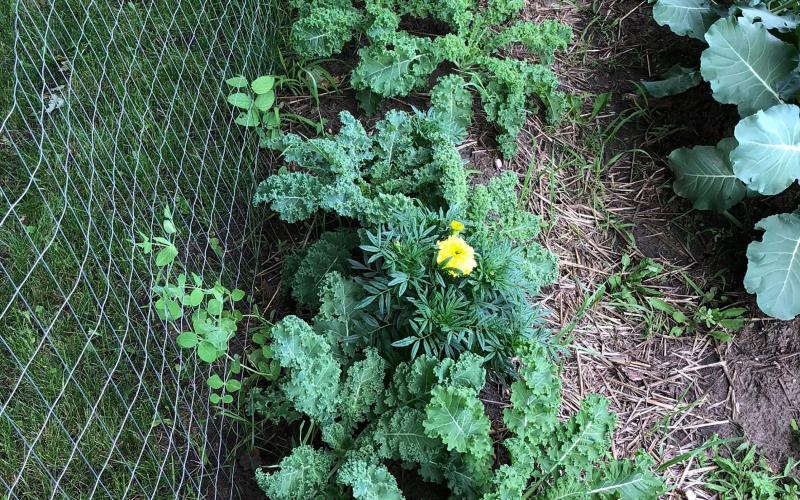
Organic Pest Control Methods
Integrated pest management is an environmentally conscious approach to managing insects, weeds and disease. By focusing on natural processes, growers use pest control methods beginning with the least toxic and amplifying the pest control needs gradually if problems persist.
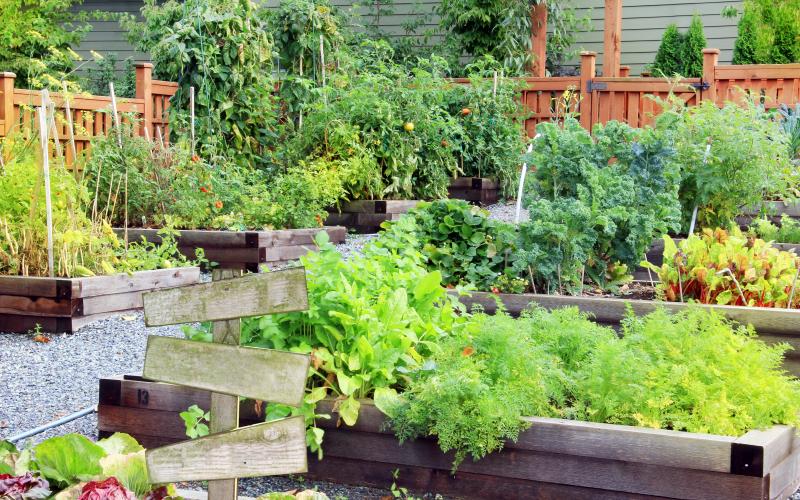
Fertilizing Gardens in South Dakota
Publication about fertilizing gardens in South Dakota
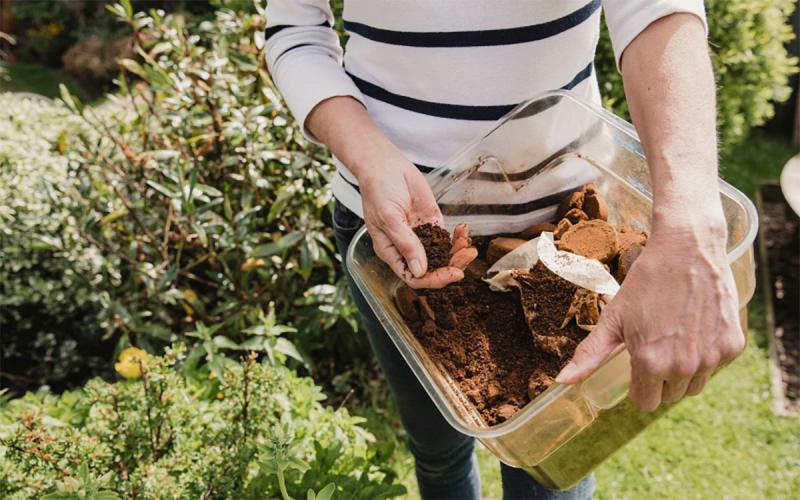
Spent Coffee Grounds: Fertilizer or Not?
Should you put used coffee grounds in your compost pile? How about on your garden, or in your raised bed?
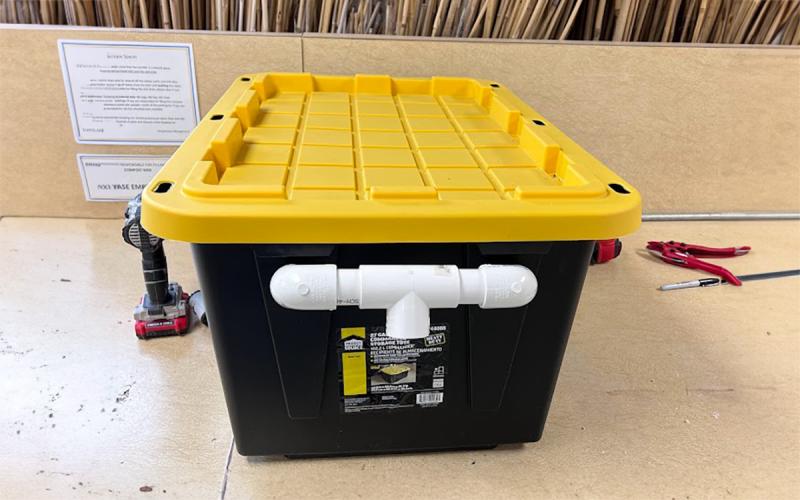
Insect Bioconversion: How to Compost With Black Soldier Flies
Much like composting, black soldier flies can be used in a rearing container to convert organic matter into nutrient-rich food, which can then be used in your garden. Learn how to construct a rearing container with this step-by-step guide!